22/10/2015
Found this queen under a brick. This queen can be easily mistaken as a worker ant. Hopefully she will do well though.
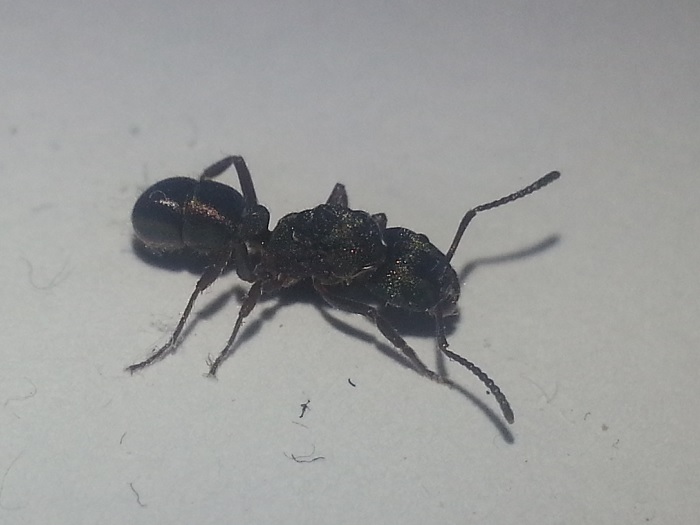

22/10/2015
Found this queen under a brick. This queen can be easily mistaken as a worker ant. Hopefully she will do well though.

Interesting looking ant. I look forward to seeing how she does.
Is she fully claustral?
"Always do right. This will gratify some people, and astound the rest." -- Samuel Clemens
That name is totally metal ![]() and it is so shiny. this is a very good find, congratulation. hopes she makes brood for you.
and it is so shiny. this is a very good find, congratulation. hopes she makes brood for you.
Interesting looking ant. I look forward to seeing how she does.
Is she fully claustral?
According to the online source, semi-claustral. Although in wild, I found large colony the queen is more fully claustral. The problem is the queen looks very similar to the workers so can be hard to notice.
Edited by antmaniac, October 22 2015 - 9:37 PM.
That name is totally metal
and it is so shiny. this is a very good find, congratulation. hopes she makes brood for you.
Hope so, so far she had some honey but ran away from the mosquito. Good thing about this species is that they can't climb smooth surfaces (plastic, glass etc) so is relatively easy to keep. I may try some dire setup later.
I bet dermy would love that species name!
That is an awesome find!
27/10/2015
2 eggs.
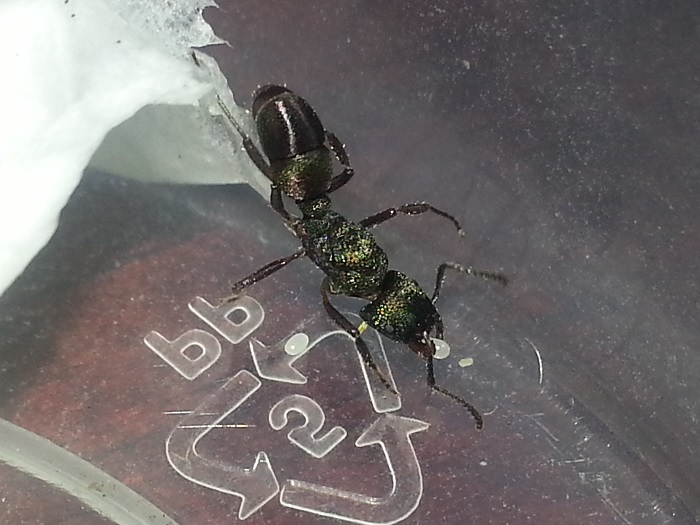
"Although in wild, I found large colony the queen is more fully claustral."
Just to clarify the terminology:
Functional queens of established colonies are always claustral, i.e., never leave the nest to forage.
The term semiclaustral refers to their foraging occasionally during the rearing of their first brood, then retreating into the nest and closing it off until the brood is hungry again.
"Although in wild, I found large colony the queen is more fully claustral."
Just to clarify the terminology:
Functional queens of established colonies are always claustral, i.e., never leave the nest to forage.
The term semiclaustral refers to their foraging occasional during the rearing of their first brood, then retreating into the nest and closing it off until the brood is hungry again.
Oh, I see. Thank you for the explanation.
I just looked these up on google, and you weren't joking about how similar the workers are to the queen. I have never had trouble discerning the two apart in any species until now. Is there a size difference between the workers and the queen that would help with this, or are they about the same size too?
The ants are beautiful too. I love the colors and the texture of the exoskeleton.
Edited by klawfran3, October 27 2015 - 5:01 AM.
This message brought to you by the Committee for the Education of Folks who Describe Arthropod Taxa as 'Not Interesting' (CEFDATNI)
At first the workers are smaller, but eventually become as large as the queen.
My colony is almost 6 years old and about 1500 workers.
They are fairly easy to keep after successful founding.
The queen will be fine with honey by now, but as soon as the fist larvae are hatching, you should offer her small insects on a regular base.
Just like swagman said. If you look very closely, thorax of the queen is larger and the rear end of queen appears to be more for laying eggs. Where I try to capture the fruit flies outside using rotten fruits, I always see the workers of this species running off with the fruit fly larvae. So I think feeding them should be relatively easy.
Edited by antmaniac, October 27 2015 - 4:47 PM.
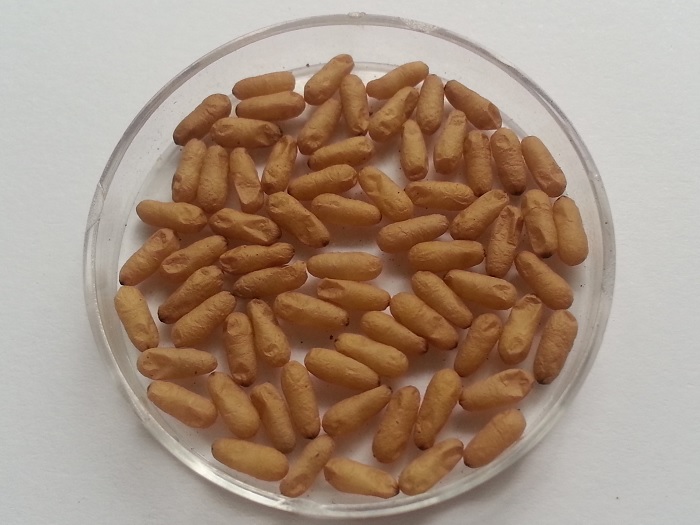
Edited by antmaniac, October 30 2015 - 10:54 PM.
Awesome.
That makes it a lot easier for the queen.
1/11/2015
I made a mini formicarium. Unfortunately the crafting skill is lacking.
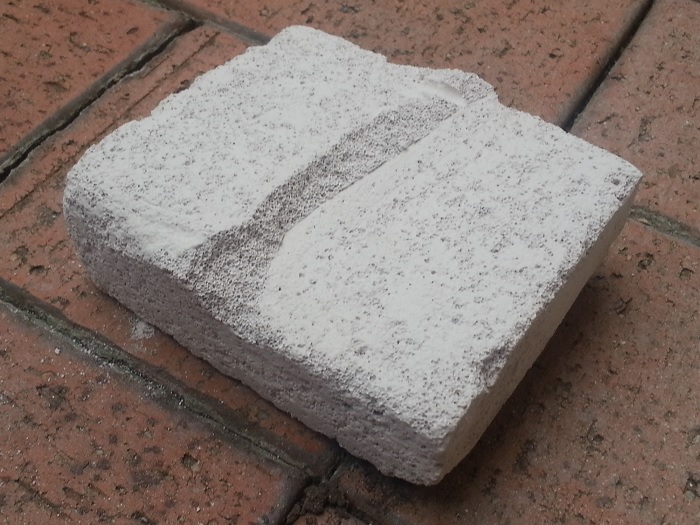
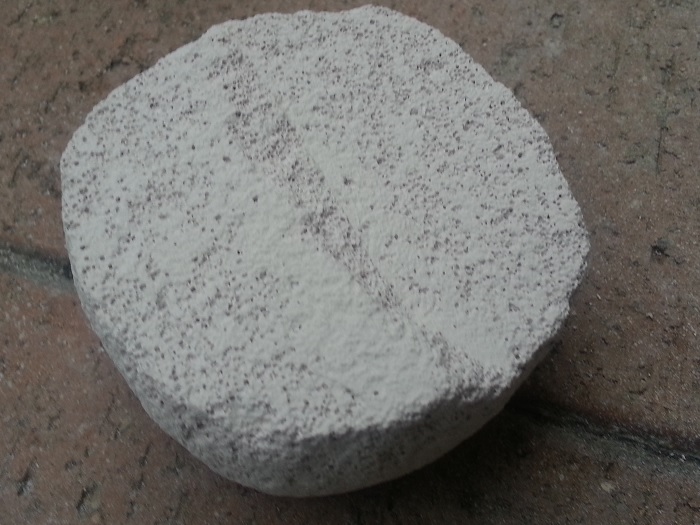
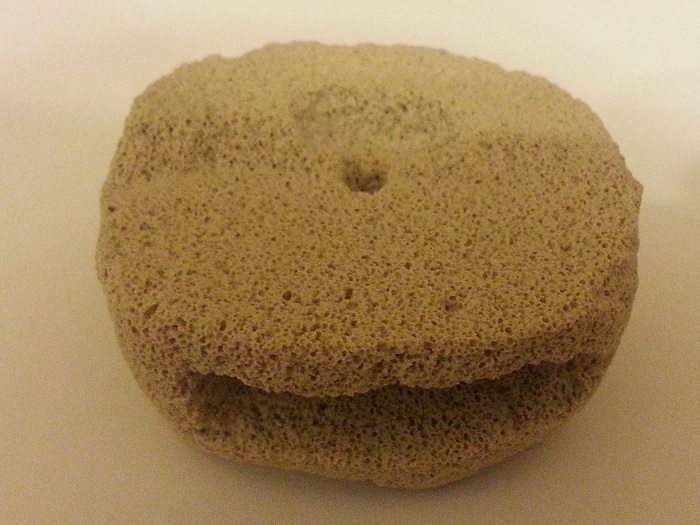
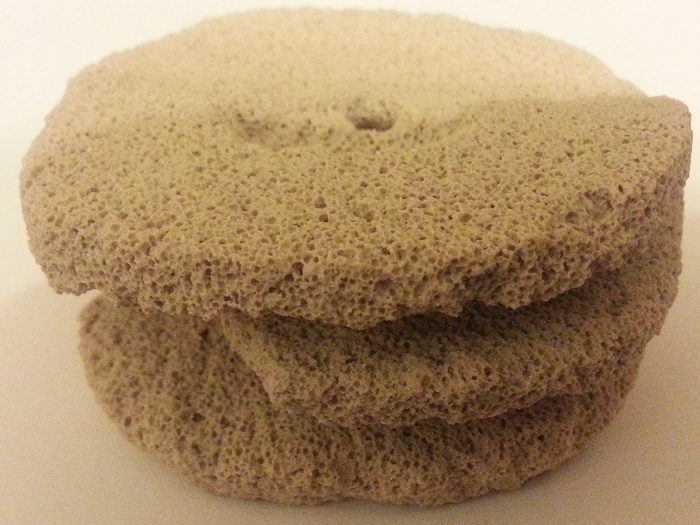
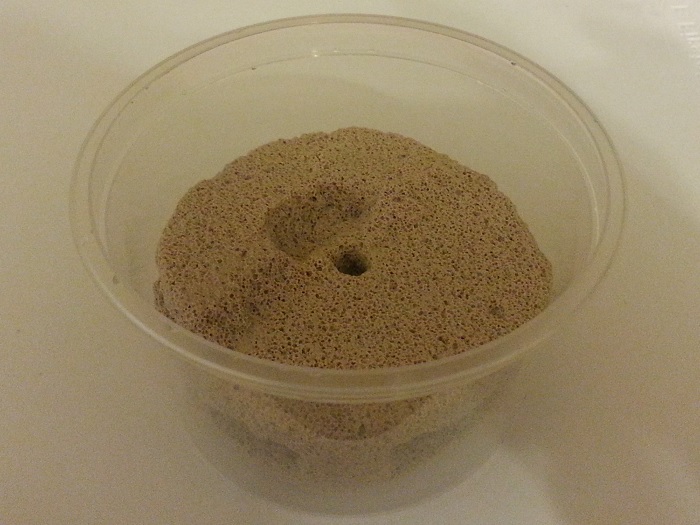
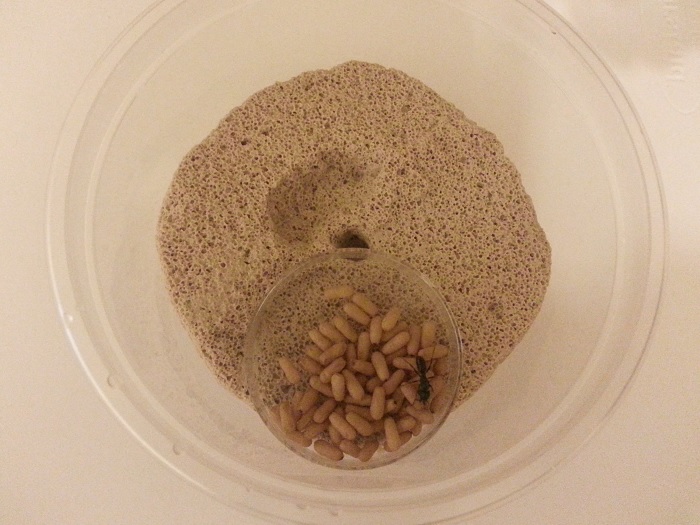
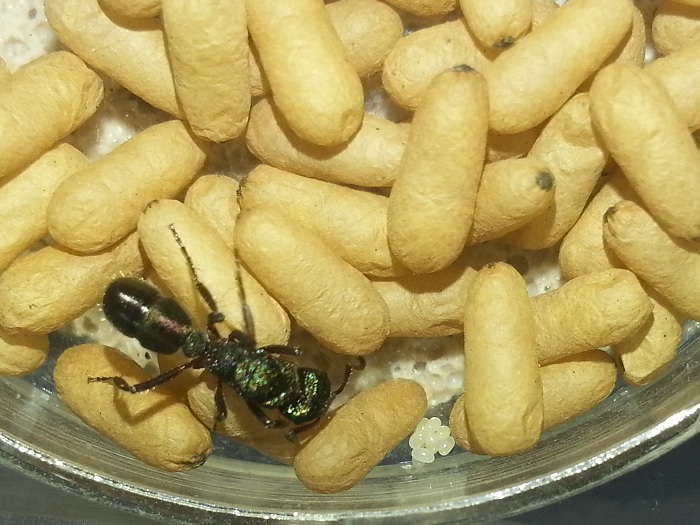
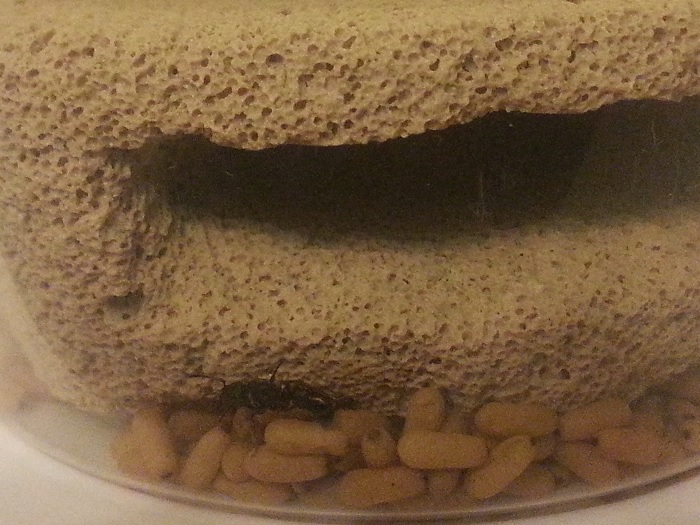
Oh hey look there's the clutch of eggs.
Oh hey look there's the clutch of eggs.
Yeah, she tucked them under the cocoons. She still seems be overly excited with the cocoons, went through them and chewed open the damaged one. I have put a layer of cling wrap around the edge to seal it up better. She pop her head from the entrance hole in the middle once a while, I guess she has accepted this new home.
Edited by antmaniac, November 1 2015 - 4:19 PM.
Make sure she has constant access to moisture. This setup seems to lack that.
PhD Student & NSF Graduate Research Fellow | University of Florida Dept. of Entomology & Nematology - Lucky Ant Lab
Founder & Director of The Ant Network. Ant keeper since 2009. Insect ecologist and science communicator. He/Him.
0 members, 1 guests, 0 anonymous users